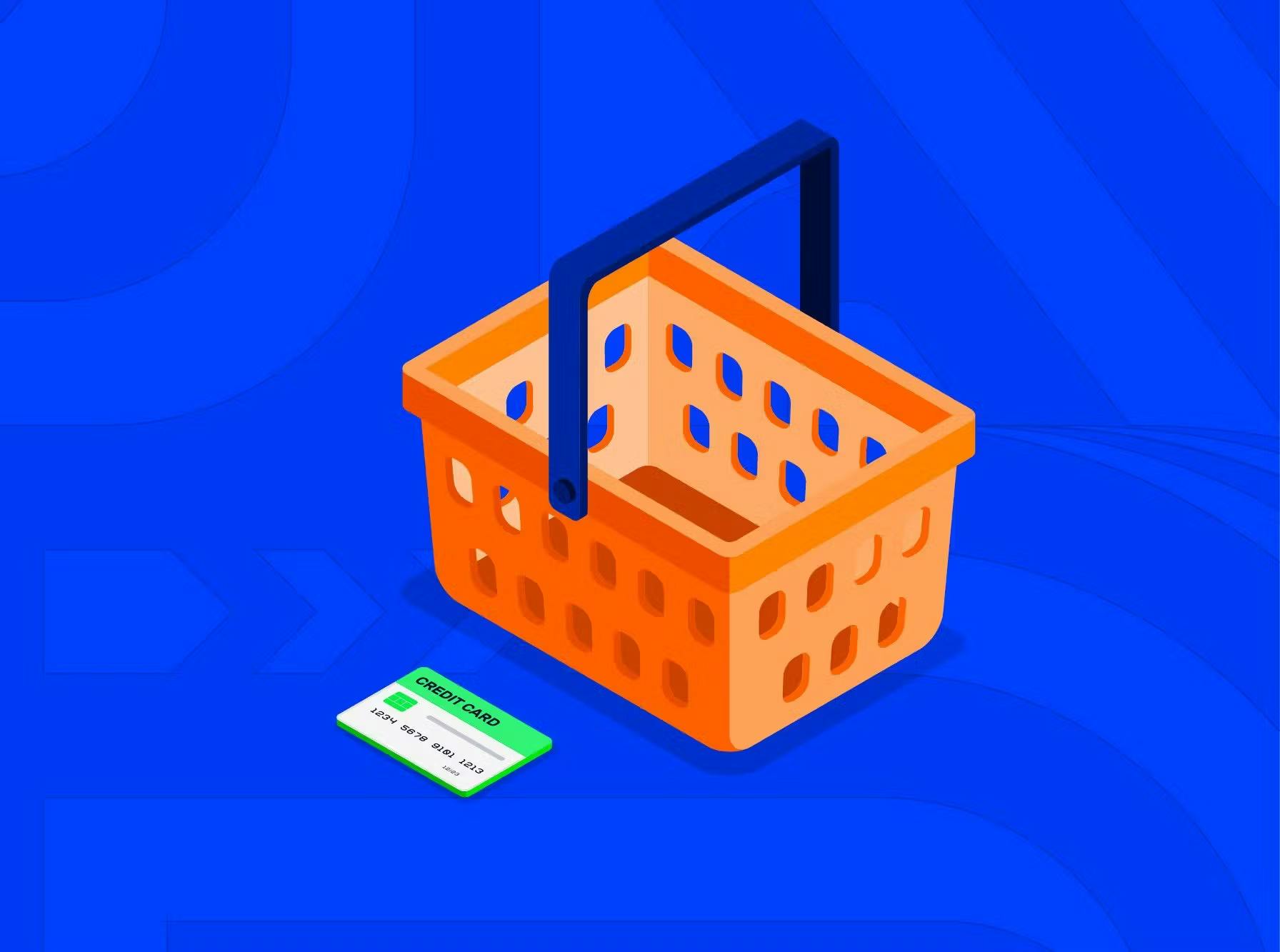Why is conversion rate, not just a number but a strategic indicator for business?
Tetiana: Conversion is not just a number in reports, but a real indicator of business health.
Low conversion = the company is literally losing money, and what's worse, it often doesn't even understand where and how.
I would say that conversion is an indicator of the effectiveness of the entire chain: from marketing to the final ‘Pay’ click and payment processing. If you have great advertising, a powerful product, but the customer cannot pay conveniently or quickly or faces a bank refusal, this whole path is meaningless.
It is also important to understand that improving conversion is not a one-time action, but a systematic work. It needs to be constantly monitored and analyzed for the reasons of drawdowns, and hypotheses tested.
Therefore, at Tranzzo, we are always working to optimize every stage of the payment process so that our customers receive the maximum number of successful transactions.
How do you find a balance between quick changes to increase conversions and a long-term product strategy?
Tetiana: This is a classic challenge for any product developer: putting out fires here and now or building a foundation for years to come. The balance is not to go to extremes: you can't live only with ‘quick fixes’, but it is also a mistake to wait too long for the perfect solution.
At Tranzzo, we use a two-layer approach:
- Operational solutions – like optimizing the logic of 3DS or introducing frictionless flows with Apple Pay or Google Pay. These give immediate results — for example, an Apple Pay conversion increase of up to 7% after streamlining device support.
- Strategic changes – such as building smarter algorithms for smart routing payments, which deliver compound growth over time.
It's also important not to get yourself into the illusion that everything needs to be fixed ‘for yesterday’. We have a clear framework: if a potential improvement yields a quick ROI and has minimal impact on other processes, we launch it immediately. If it is a complex update, we conduct A/B testing and look at the numbers.
A product-based approach to conversion is not about ‘making the button redder’, but about understanding how even the smallest changes can affect the user journey, banking logic, and even the reputation of the business. And this connection between quick solutions and long-term value is something we always keep in mind.
What metrics, besides the classic conversion, are important to you and your team?
Tetiana: Conversion is key, but to understand and increase conversion rates with Google Pay or other methods, we look at more:
1️⃣ Authorisation Rate (AR) is a measure of how many payments have been approved by banks. A high percentage of rejected transactions is a signal that we need to check the routing, the acquiring bank, or even the types of cards used.
2️⃣ Decline Rate analyses the reasons why banks reject payments. Often, you can find patterns here and correct the situation, for example, through smart routing or recommendations to customers on the choice of payment methods.
3️⃣ Chargeback Rate – the level of chargebacks for disputed transactions. If it is too high, it can signal fraud or UX issues (when the user does not understand what they paid for).
4️⃣ Latency (Delays in payment processing) – even an additional 300ms in server response can reduce conversion. We constantly monitor the speed of processing requests and optimise it.
5️⃣ Retry Success Rate – shows how many repeated payment attempts are successful. If the user tried again and the payment went through, it's fine. But if they tried 3-4 times and still failed to pay, it means that the problem is deeper.
- Conversion is a consequence, not a cause.
To increase it, you need to dig deeper and work with the whole context: how banks work, what payment methods the audience uses, and what UX looks like on the client's side. That is why we do not just ‘look at the numbers’ but build an analytical ecosystem that provides a complete understanding of the situation. And this is what really makes a difference for business.

 Most Popular Payment Methods in the World: Analysis by Markets
Most Popular Payment Methods in the World: Analysis by Markets How to Increase Conversions in an Online Store with a Checkout Page
How to Increase Conversions in an Online Store with a Checkout Page How Tranzzo Simplified the Payment Process for Tickets.ua
How Tranzzo Simplified the Payment Process for Tickets.ua Integrating Multiple Payment Methods: Challenges and Solutions
Integrating Multiple Payment Methods: Challenges and Solutions Abandoned Shopping Carts: Why Businesses Lose Revenue and How to Increase the Number of Successful Payments
Abandoned Shopping Carts: Why Businesses Lose Revenue and How to Increase the Number of Successful Payments

